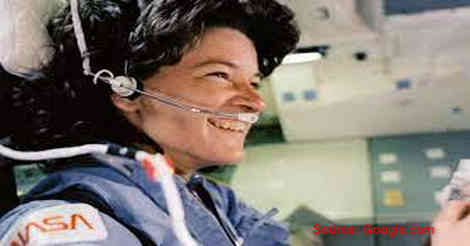NASA, the United States’ premier space agency, has been at the forefront of space exploration for decades. Over the years, countless scientists, engineers, and astronauts have contributed to NASA’s mission of exploring the cosmos. While many names are well-known in the history of NASA. There’s one pioneering woman who stands out as the trailblazer among them all. We will delve the first woman in NASA, paving the way for generations of female astronauts and scientists.
The Early Days of NASA:
Before we reveal the identity of the first woman to join NASA’s ranks, it’s crucial to understand the historical context. NASA, officially established on July 29, 1958, was initially known as the National Advisory Committee for Aeronautics (NACA). During its early years, NACA primarily focused on aeronautics research. It wasn’t until the Space Age dawned in the late 1950s and early 1960s that NASA’s mission shifted toward space exploration.
Valentina Tereshkova: The First Woman in NASA Space:
The first woman to break the gender barrier in space exploration was not an American, but a Soviet cosmonaut named Valentina Tereshkova. On June 16, 1963, Tereshkova piloted the Vostok 6 spacecraft, becoming the first woman to venture into space. Her mission lasted almost three days, during which she orbited the Earth 48 times, demonstrating the ability of women to handle the rigors of space travel.
While Tereshkova’s historic achievement took place in the Soviet Union, it had a profound impact on NASA and the United States. Her success galvanized the American space program to actively recruit and train women for astronaut roles.
The First American Woman Astronaut:
On June 18, 1963, just two days after Valentina Tereshkova’s historic spaceflight, NASA selected its first female astronaut candidates. These women were known as the “Mercury 13” and underwent rigorous testing to prepare for space missions. However, despite their dedication and qualifications, none of them had the opportunity to go to space during the Mercury or Apollo programs.
It wasn’t until 1983 that an American woman finally made it to space. Dr. Sally Ride, a physicist, and engineer, became the first American woman astronaut to travel to space when she flew aboard the Space Shuttle Challenger on STS-7. Her mission marked a significant milestone for gender equality in space exploration.
Dr. Ride’s legacy continued as she embarked on another space mission in 1984, making her the first American woman to travel to space twice.
Conclusion:
The first woman in NASA may not have been an American, but Valentina Tereshkova’s historic journey paved the way for female astronauts and scientists worldwide. Her accomplishments, along with those of American astronauts like Dr. Sally Ride, have demonstrated that space is not limit by gender. Women have played and continue to play vital roles in NASA’s mission to explore the cosmos, breaking barriers and inspiring future generations to reach for the stars.
